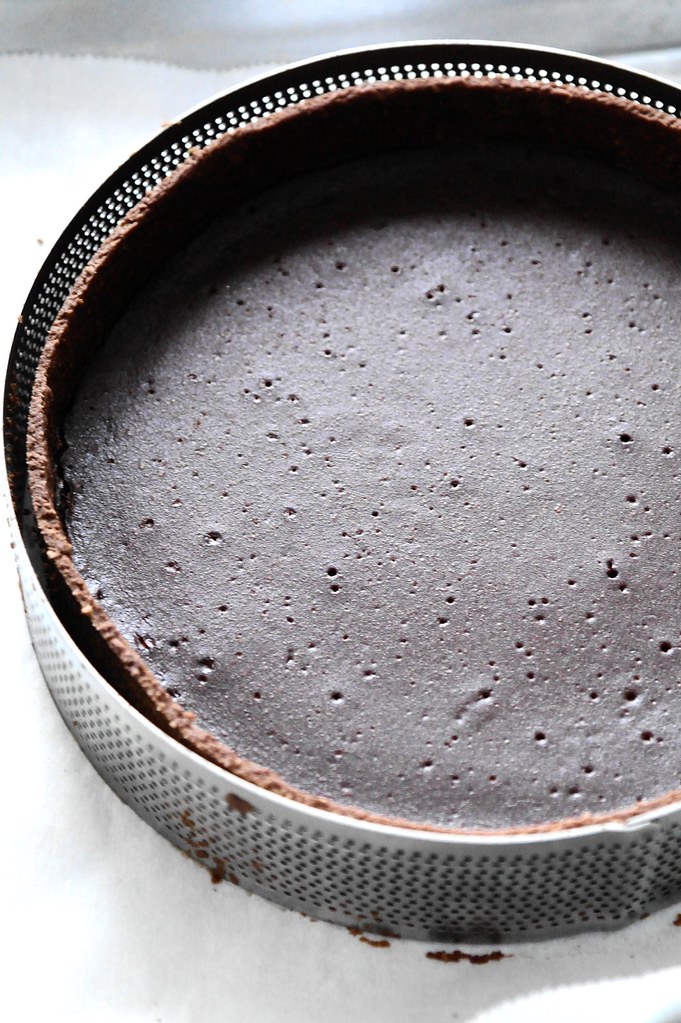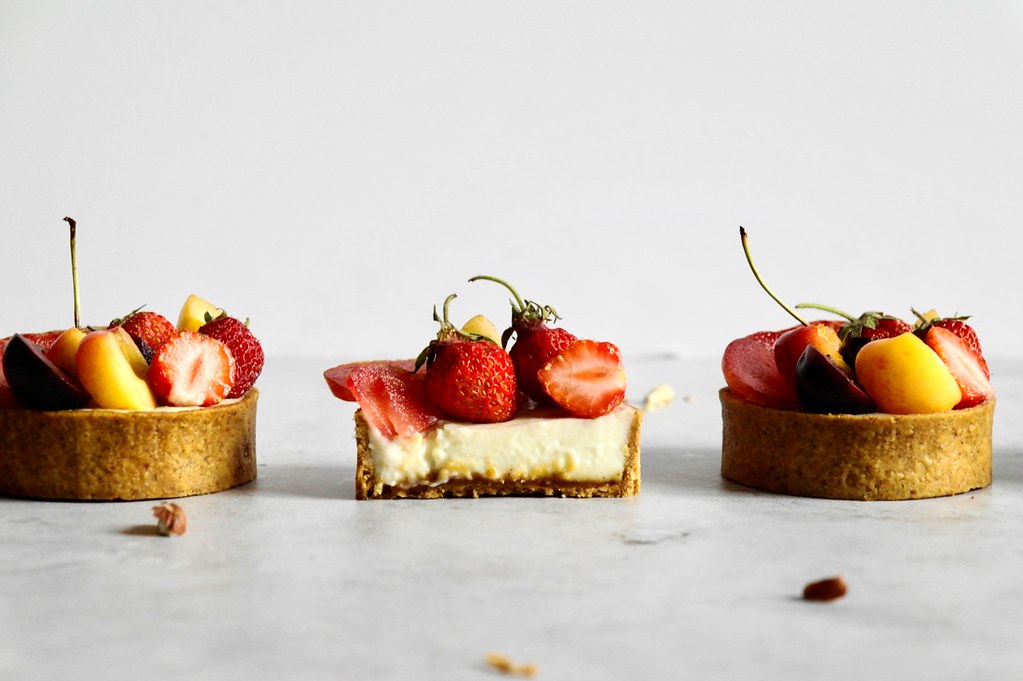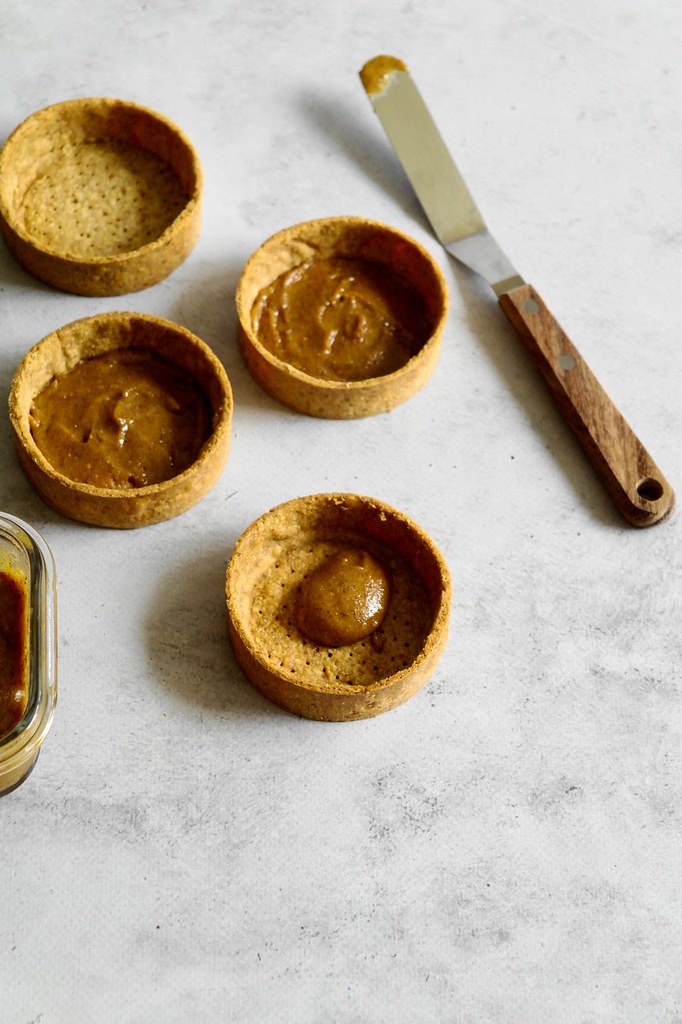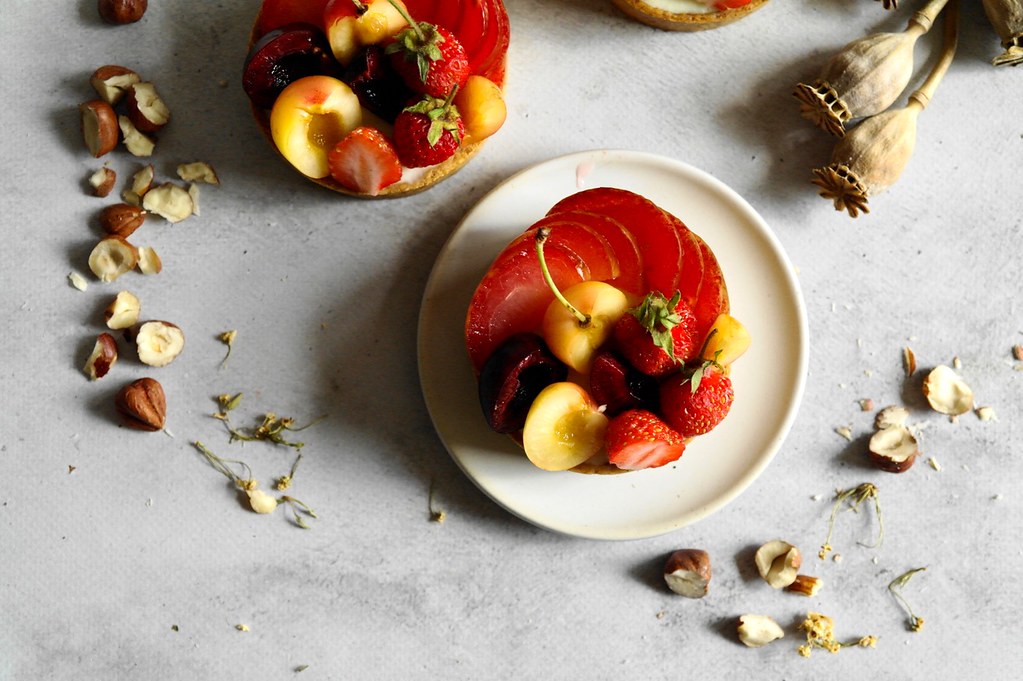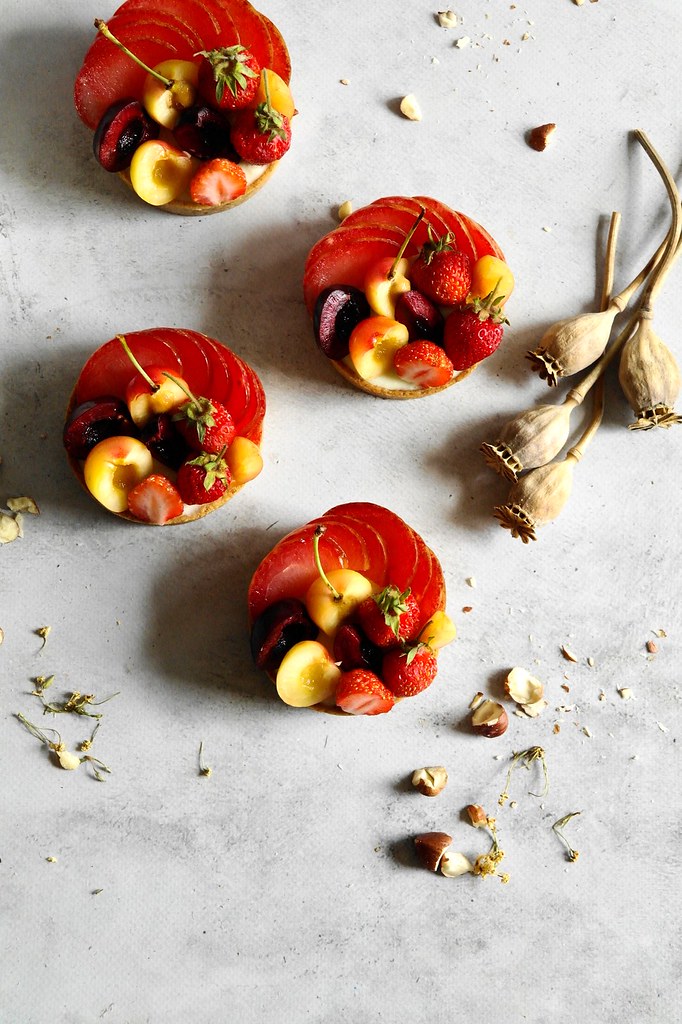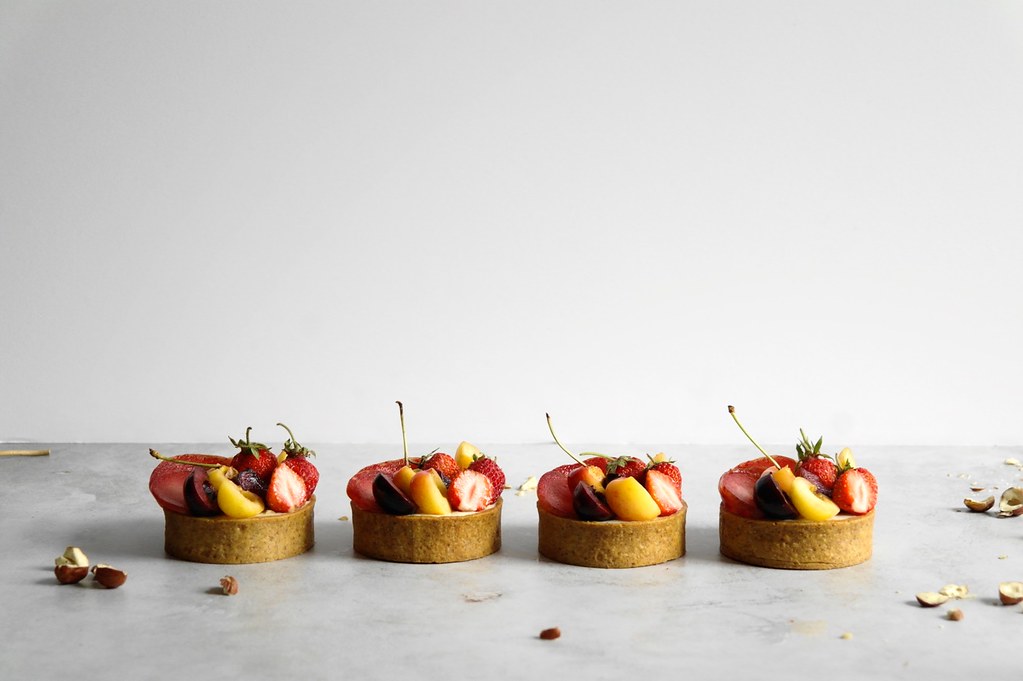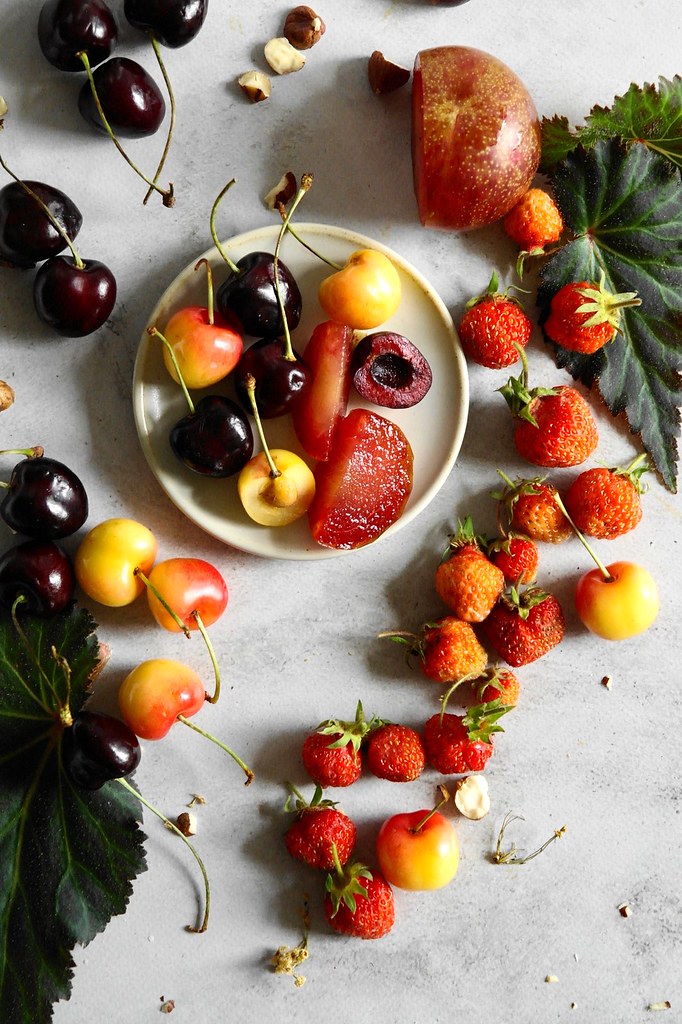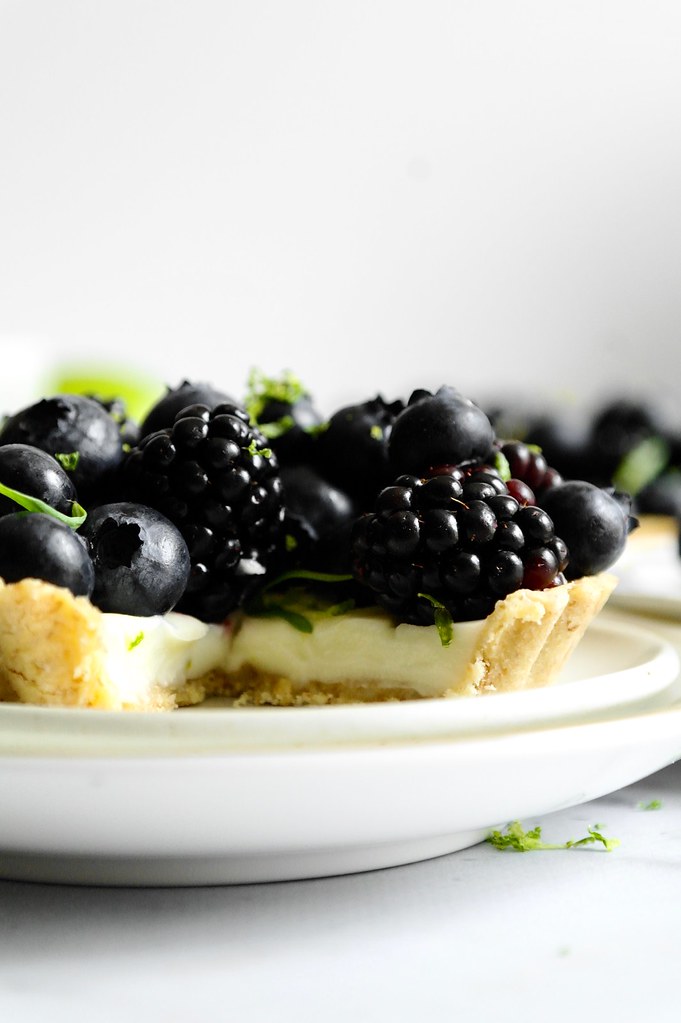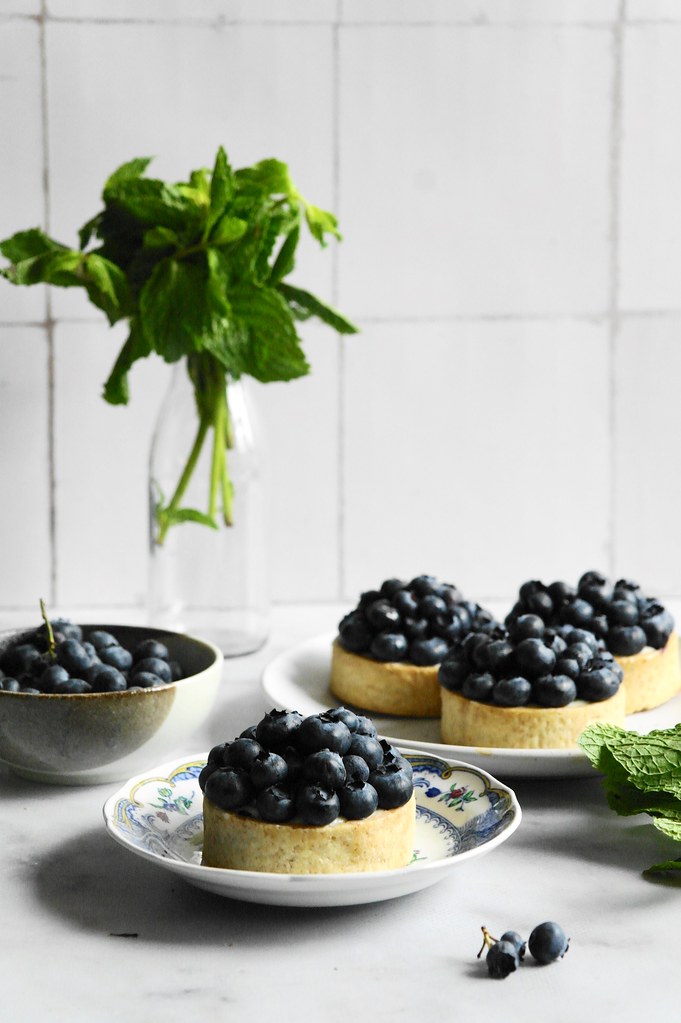
Pro-choice stances support people’s autonomy to have a child if and when it is best for them. All of the many personal views on abortion aside, it’s about having the right to make that personal decision in the first place, whether it be straightforwards or complicated.
Now for many, the choice is lost. As it currently stands, about half of American states face bans or severe restrictions which will worsen already inequal reproductive health access. It’s a move steeped in partisanship more than anything else, which only makes the infringement on bodily autonomy all the more frustrating and incomprehensible.
The fallout from the loss of Roe vs Wade has also highlighted how abortion is an integral and necessary part of health care, including in the treatment of nonviable and life-threatening ectopic pregnancies, pregnancy complications, and miscarriages. When a necessary procedure is artificially criminalized, fear of litigation compromises health care providers’ professional judgement to provide the best care for their patients. For instance, treatment of medical emergencies have already been delayed due to fetal heartbeat laws in Texas, resulting in more dangerous complications. Even individuals requiring methotrexate for various autoimmune conditions have had trouble receiving their prescriptions because it can also be used for medical abortion. It’s evident that abortion bans were written by lawmakers without any regard for the wellbeing of individuals who can become pregnant, and without any practical sense for the actual ramifications of these laws in medical practice.
When it comes to mourning the overturning of Roe vs Wade, there is much written, much better, than I ever could. But the response in Canada has also about remembering what not to take for granted and where our systems are still very lacking. While the legal status of abortion in Canada does not appear to be under immediate threat, access always has been; take New Brunswick, where access to provincially funded abortions is nearly non-existent.
In the remaining provinces and territories, access can still be fraught. With the vast majority of providers located in major urban centres, rural residents must contend with the costs and burden of travel and time off, which only exacerbate socioeconomic disadvantages. Further, in some provinces, actual abortion-providing facilities are far outnumbered by crisis pregnancy centres (CPCs). These organizations target pregnant individuals to discourage abortion, including through misrepresentation of the options. Recent events only underline what has always been the case – that we need the continued work of pro-choice advocates and organizations like Action Canada and Abortion Rights Coalition of Canada to ensure that reproductive health care can be accessed by everyone as needed.
The larger issue is more than just abortion though: some people face discrimination for being or wanting to become parents, and there are myriad ways in which societal inequities can make raising children more difficult. Addressing abortion rights as part of reproductive justice extends to supporting those who are already or may become parents – including addressing the deep racism which underlies atrocities such as forced sterilizations, birth alerts, and over-representation of Indigenous children in care.
More things:
- A primer on Canadian abortion access statistics from Action Canada
- Two articles on the abortion rights struggle in Canada from The Breach – one on positioning abortion within the right to healthcare and reproductive justice and an interview with advocate Darrah Teitel on the challenges to abortion access
- Iljeoma Oluo on how this has been coming for a long time with the failure of solidarity
- I love comics and here is one on how abortion access and economic justice are connected
- The Most Important Study in the Abortion Debate from the Atlantic
- Why medical emergency exceptions for abortions aren’t enough from Vox
- Suggestions for action and more reading from Nursing Clio
- Why we Need Literature on Abortion from Rewire News Group
- For listening, Prochoice by Julie Arsenault
And as for cherry season – while I haven’t made too much with cherries this year yet, I have been sitting on this cherry, chocolate and hazelnut tart for a couple years.
This tart is fun (and also rather uncontroversial) – a bottom chocolate layer that slices like a smooth and thick ganache, a soft nutty hazelnut mascarpone cream layer over top and then covered with plenty of cherries. I’ve made small tarts with a ring of cherries arranged this way and it’s even more fun in a large tart for multiple concentric rings of cherries! It’s a bit tricky to cut though, so admire your carefully arranged fruit before slicing. If you chill the tart for a couple hours after the assembly, it will help the top layer firm up and keep the cherries in place.

cherry chocolate and hazelnut tart
Chocolate tart filling adapted from Tasty. Be careful not to overcook this layer or it becomes dry!
special equipment: tart ring 15cm in diameter and 4cm tall – no idea how I found this anymore, but I realize it certainly isn’t a standard dimension! You can definitely use a rings of a different size, just be aware it might affect how much tart dough, filling and fruit you need, as well as baking time. For instance, a 15cm wide/2.5cm tall ring would hold less, whereas I think a ~20-24cm wide ring/2.5cm tall might hold a similar volume but would likely need more tart dough to line the ring, and still have a shorter baking time to accommodate the thinner layer of filling.
tart shell
- 56g soft butter
- 1/4 tsp kosher salt
- 2 tsp granulated sugar
- 25g egg, at room temperature
- 15g cocoa powder
- 90g flour, half all-purpose and half whole wheat
chocolate layer
- 85g 85% dark chocolate
- 15g granulated sugar
- pinch salt
- 40g water
- 56g butter
- 1 tbsp kirsch, optional
- 1 1/2 large eggs (75g)
hazelnut mascarpone cream
- 40g slightly coarse hazelnut praline paste (recipe here)
- 100g mascarpone
- 50g heavy cream
- 1 tsp granulated sugar
assembly
- 400g cherries
- halved hazelnuts
- grated dark chocolate
tart shell
Cream together the butter, sugar, and salt. Add the egg, a bit at a time, beating in each addition before the next. Lastly mix in the flours and cocoa powder until a cohesive dough is formed.
Roll out between two sheets of parchment paper until about 3mm thick and chill completely.
Place a 16cm (6 1/2″) tart ring that is 4cm tall on a baking tray lined with parchment paper. Line the tart ring with the pastry – I prefer to line the bottom and sides separately – for details of the method look at this page. Cover and chill completely.
Preheat the oven to 375F. Dock the bottom of the tart shell with a fork. Bake for about 12 minutes or until the pastry appears to have dried and firmed up.
chocolate filling layer
Preheat the oven to 300F.
Place the chopped chocolate and sugar together in a bowl. Heat the milk and butter together in a small saucepan until it comes to a boil, then pour over the chocolate and whisk until the mixture is smooth and glossy. Whisk in the kirsch and eggs.
Scrape into the prebaked tart shell and tap to level. If bubbles are visible, bounce the back of a spoon over the surface of the filling to pop them.
Bake until the filling is mostly set and the centre is still a little jiggly, around 15-18 minutes. Let cool then chill completely.
hazelnut mascarpone
Cream together the praline paste and mascarpone. Whip the cream together with the granulated sugar and fold into the mascarpone mixture. Spread over the chilled tart, return to the fridge and chill.
This layer is quite soft initially but it does firm up after a couple hours in the fridge – this can be before or after adding the cherries, but be sure to take time to chill the tart again before attempting to slice it.
assembly
Cut the cherries in half, like you would a clingfree peach or nectarine: use a small knife to cut the cherry around the pit and then twist the two halves to split them. Pry the pit out of the half that hangs onto it. Arrange the cherry halves in circles on the surface of the tart, starting from the edge and working your way in. In the very centre place two cherry halves stacked on top of each other. Scatter some some halved hazelnuts on top. Grate a bit of dark chocolate over the tart. Chill the tart in the fridge for an hour or two to allow the hazelnut mascarpone to firm up, which will make it a bit easier to slice.

